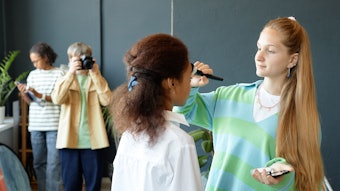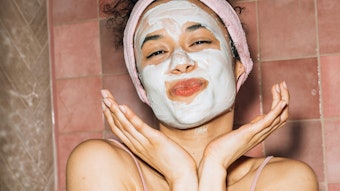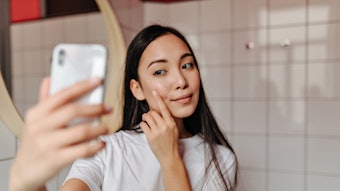
The skin microbiome is an exciting new terrain upon which the industry has barely set foot. Early work has initiated its exploration, broadening our horizons and stirring our imaginations in terms of the possibilities. While this landscape is riddled with unknowns, research underscores the transformative potential of microbe modulation for cosmetics.1
Product developers have sought to leverage this potential across categories, enabling a new generation of products designed to work in harmony with the skin’s natural ecosystem. This issue spotlights these transformative shifts, offering R&D formulators and product developers a closer look at the science shaping tomorrow’s beauty solutions.
A major focus in this edition is antiperspirants and deodorants —categories where innovation increasingly centers on microbiome-friendly, sustainable and multifunctional approaches. Genrich, et al., demonstrate how propanediol caprate combines naturality and lasting performance by targeting odor-causing bacteria while respecting skin microbiome balance.
Lourith and Kanlayavattanakul rethink approaches to body odor, proposing concepts including enzyme inhibition, pH and temperature modulation, and biotics for microbiome-friendly control. In addition, experts weigh in on next-generation odor control technologies, eco-conscious material choices and strategies that prioritize skin health benefits alongside performance.
Connected with skin health and barrier function, Valencius, et al., describe a silk peptide bioactive upcycled via biotech that was developed to support the skin barrier by enhancing claudin-1 in tight junctions. In addition, Steventon examines how skin care bridges self-care, wellness and science, offering autonomy through rituals like photoprotection and moisturization.
Tied into wellness and self-care rituals are sensorial experiences, so for formulators, Pupe, et al., show how Design of Experiments (DoE) methods can be used to fine-tune the unique sensory properties, stability and efficacy of bigels. Tests using hydroxyethylcellulose and tucuma oil reveal insights on mechanics, rheology and stability, underscoring the need to balance internal/external phases.
Finally, we extend into the oral care realm, an often-overlooked but critical facet of whole-body wellness. Here, oral health is reframed not just as a hygiene practice, but as a contributor to systemic health and longevity.
We hope the ideas presented here offer transformational views, leading you down successful, inspirational paths in your cosmetics R&D journey.
References
- https://pmc.ncbi.nlm.nih.gov/articles/PMC8879973/










